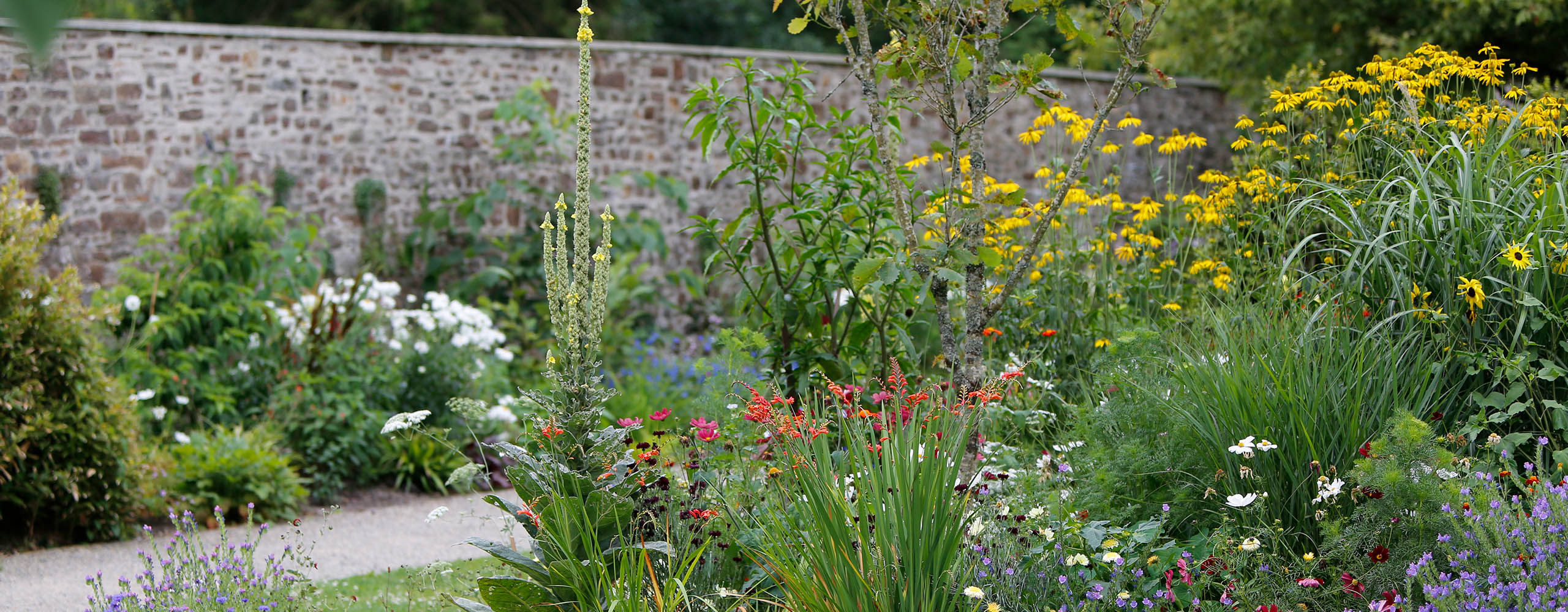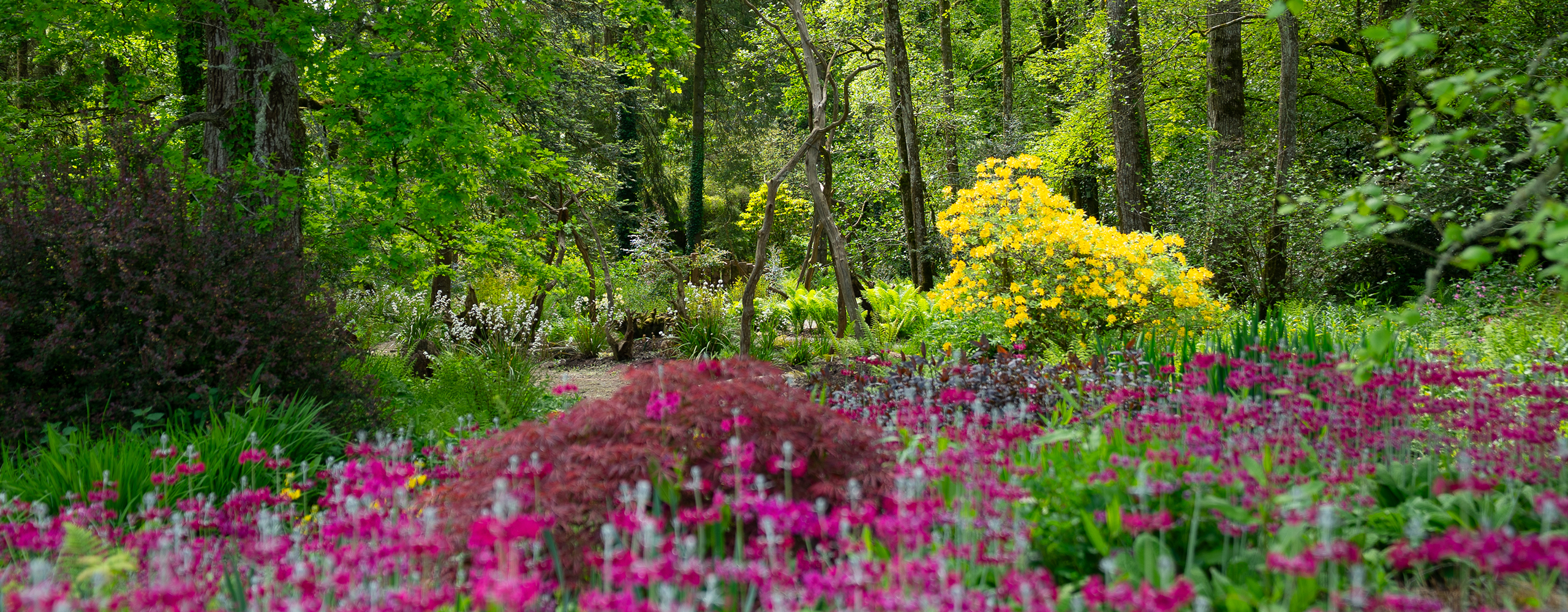
THE NATURAL BEAUTY OF
Picton Castle's Gardens
Home to one of the finest plant collections in Wales, Picton is a paradise for garden lovers. Celebrated for their diversity, the grounds include ancient woodlands, a formal Walled Garden, an exotic Jungle Garden, and a nationally important collection of rare ferns. Our unique microclimate allows an impressive array of native and exotic plants, creating a captivating display of natural beauty all year.
The gardens are a haven for wildlife, supporting rare bats, orchids, slow worms, birds and insects. Abundant nature and wide-open spaces, make this a perfect place for both adventure and relaxation.
Whether you're exploring with family or enjoying a peaceful moment, our gardens never fail to enchant the visitor.
Historic gardens
Originally laid out in the 18th century, the gardens are steeped in history, with two ice houses and a Dew pond.
Recognised nationally for their significance, the gardens are now listed on the Register of Parks and Gardens of Special Historic Interest in Wales.
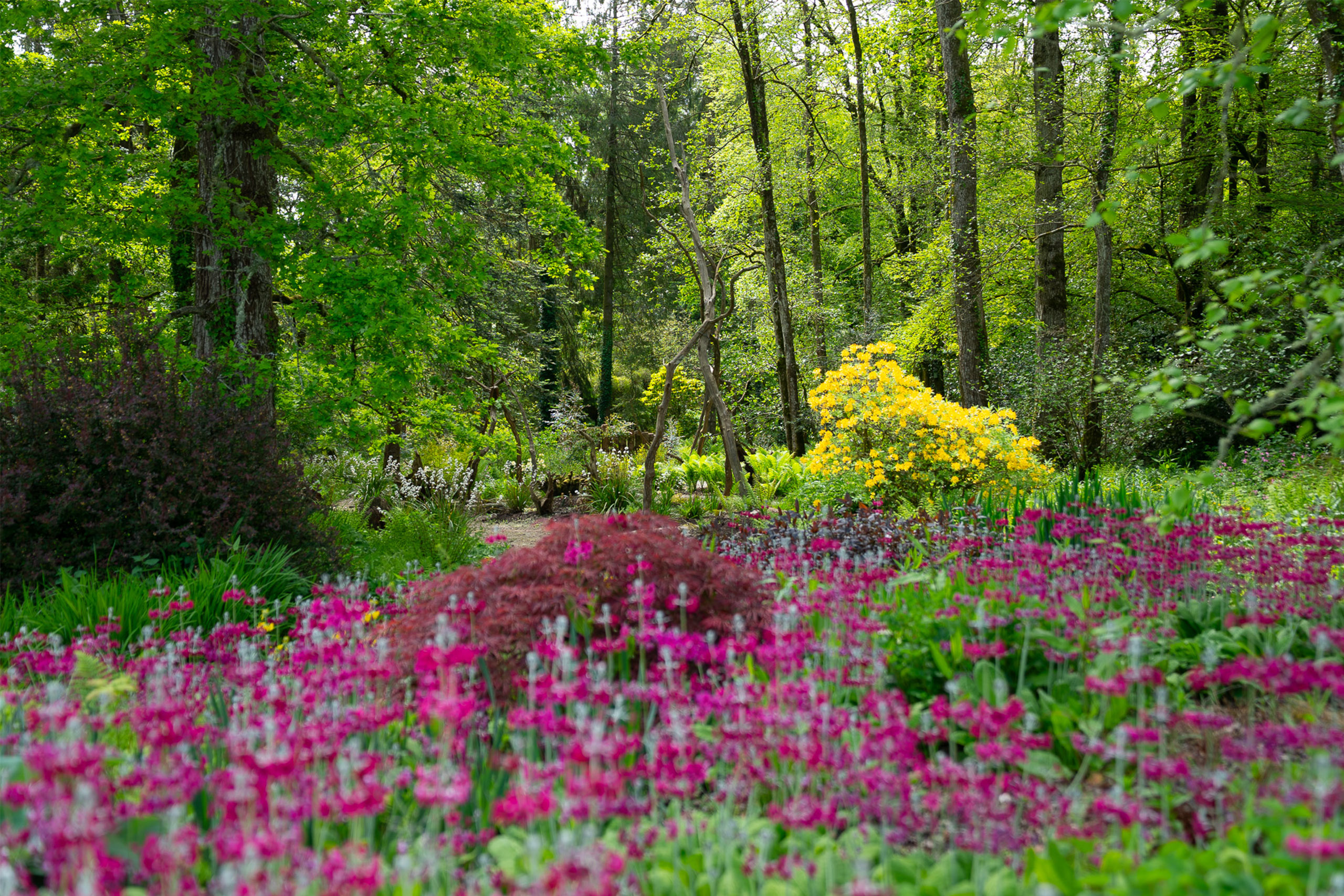
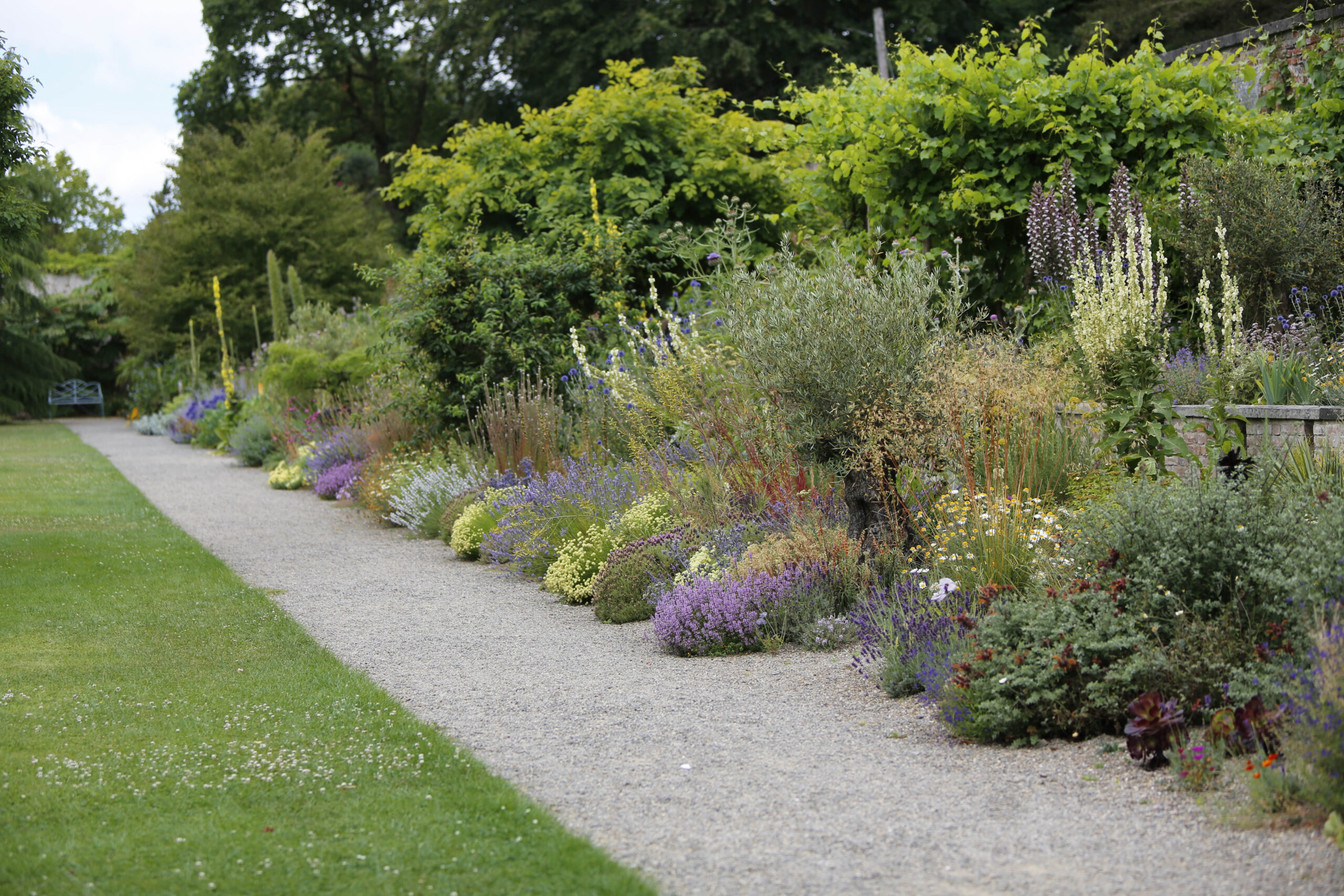
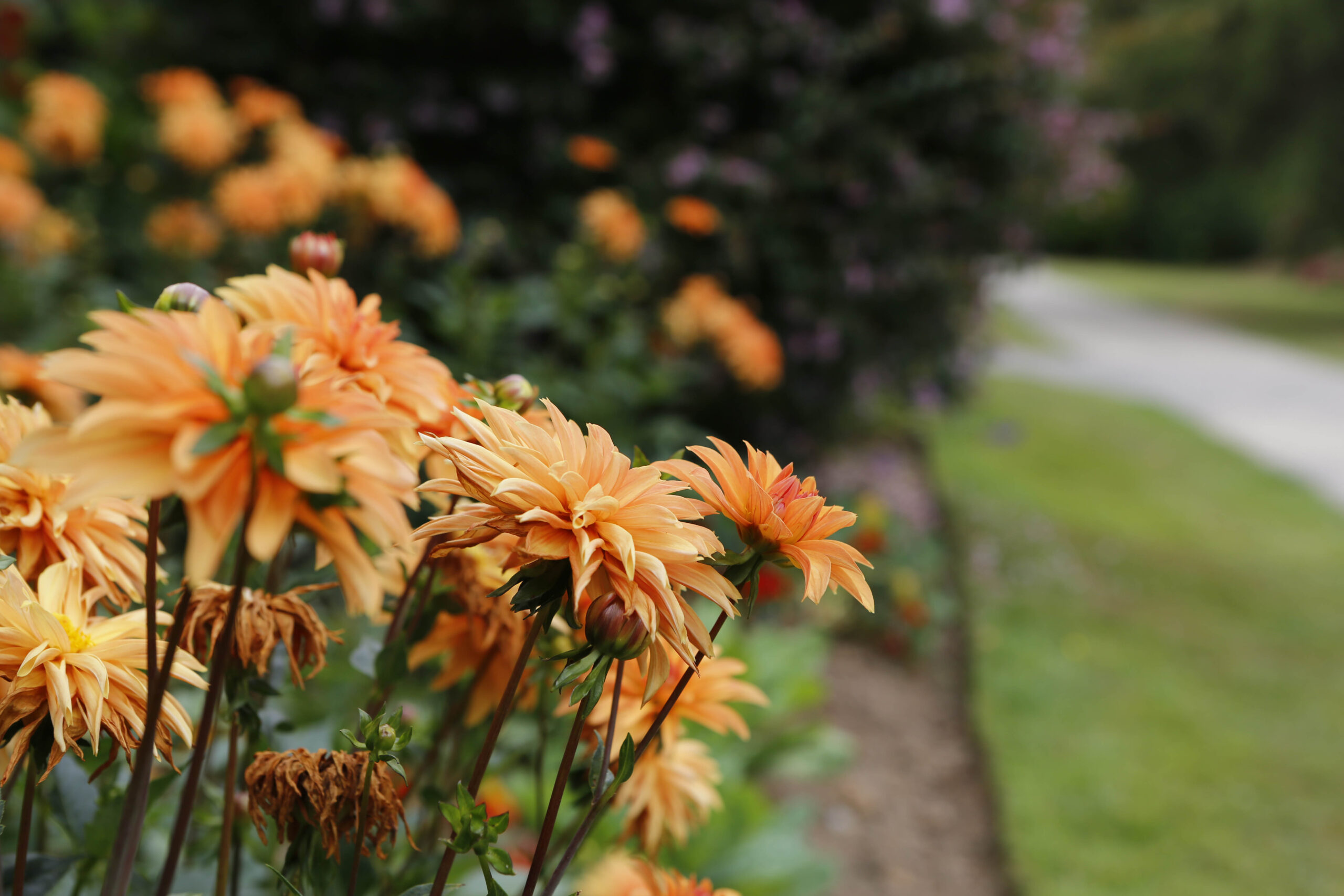
What you'll see
The Wildlife
Picton is home to a rich variety of native wildlife in its diverse habitats. Year-round residents such as robins are joined in the warmer months by migratory birds like, house martins, filling the air with birdsong.
The site also supports rarer species, including bats, slow worms, and native orchids growing naturally in the wildflower meadow. The woodlands host a wide range of lichens and attract many species of bumble-bees and moths. Hedgehogs are seen regularly, along with frogs, toads, and dragonflies, particularly near our ponds.
Our wildlife garden offers practical ideas for visitors interested in supporting biodiversity at home. We also run family-friendly events where staff share knowledge and tips on helping local wildlife thrive.
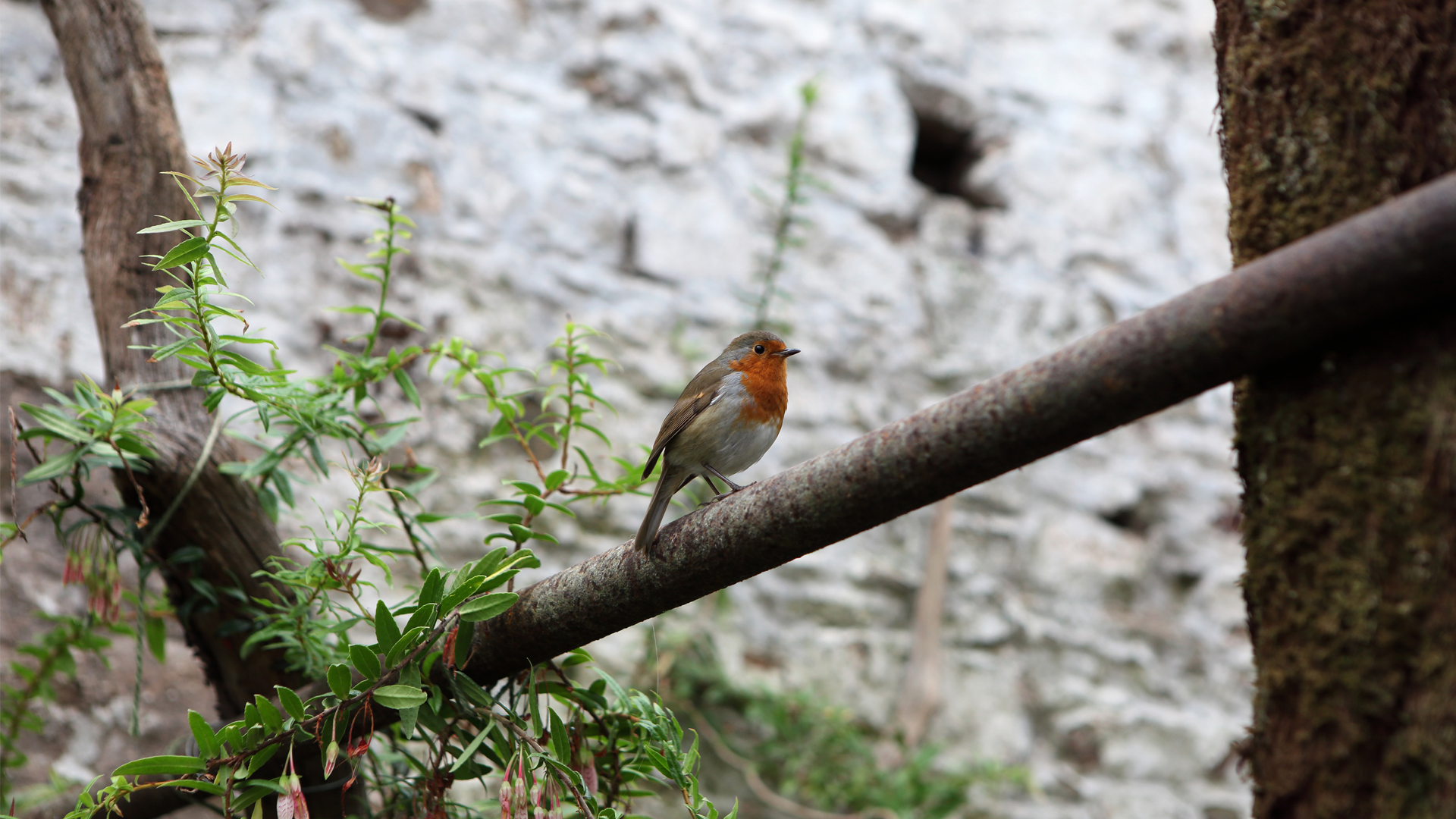
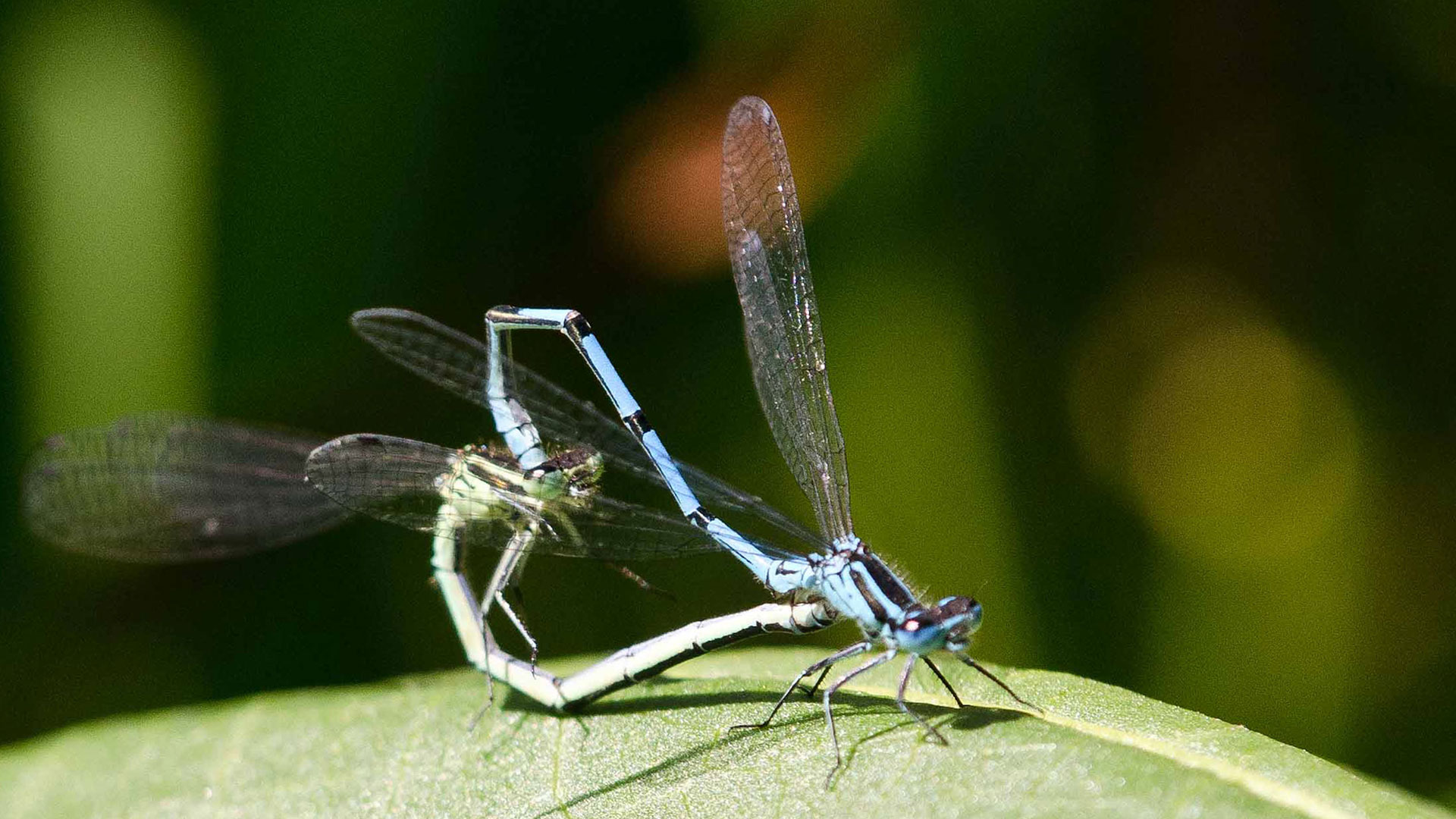
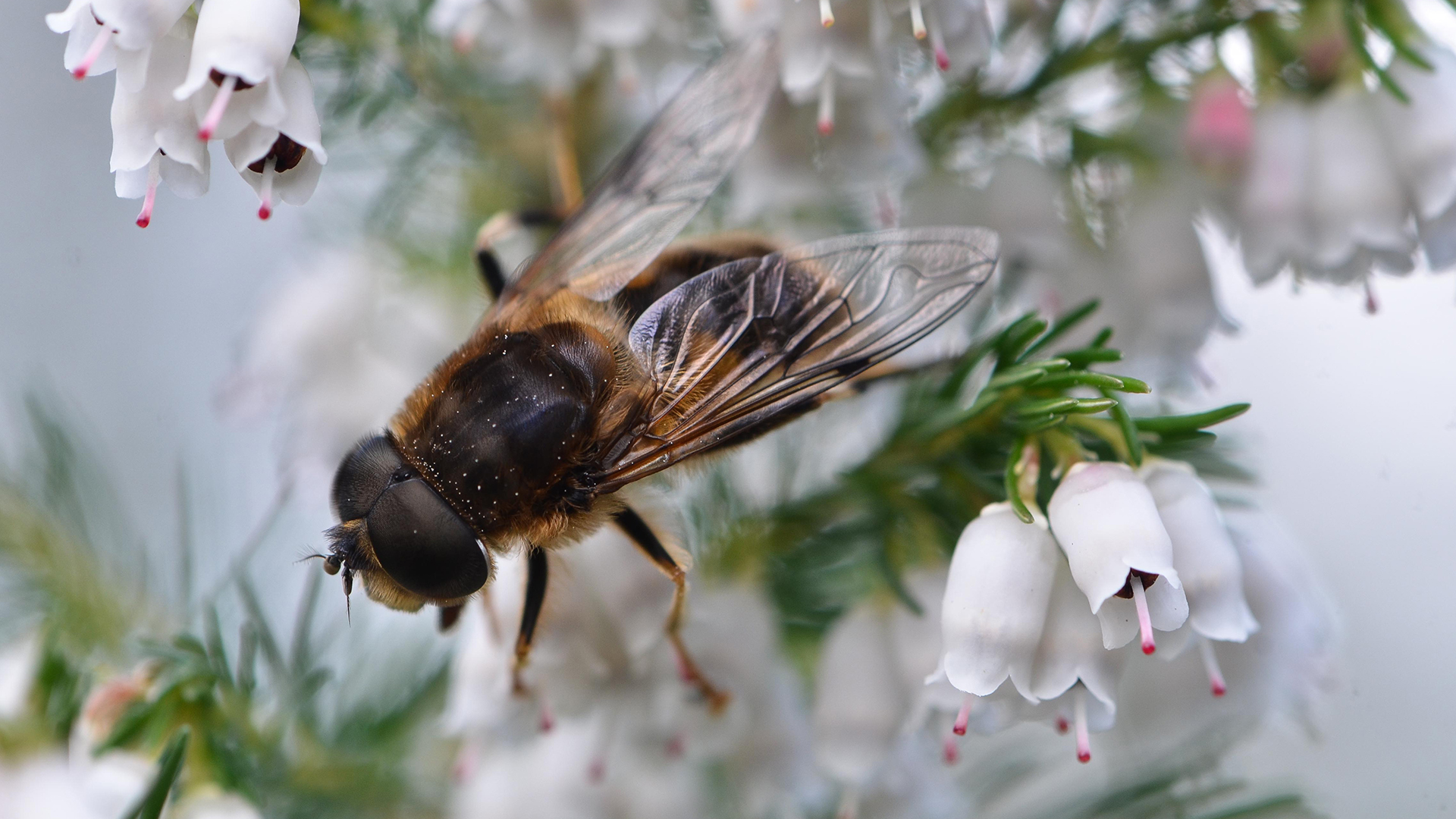
The Walled Garden
The Walled Garden is one of Picton’s most popular attractions. With its elegant central fountain, rose beds, and a series of enclosed ‘garden rooms’, the Walled Garden is a peaceful and inviting space.
Visitors often return week after week to enjoy the ever-changing colours, the scent of flowering plants, and tranquillity.
It’s a favourite spot for a quiet stroll, a moment of reflection, or simply to appreciate the beautiful planting displays.
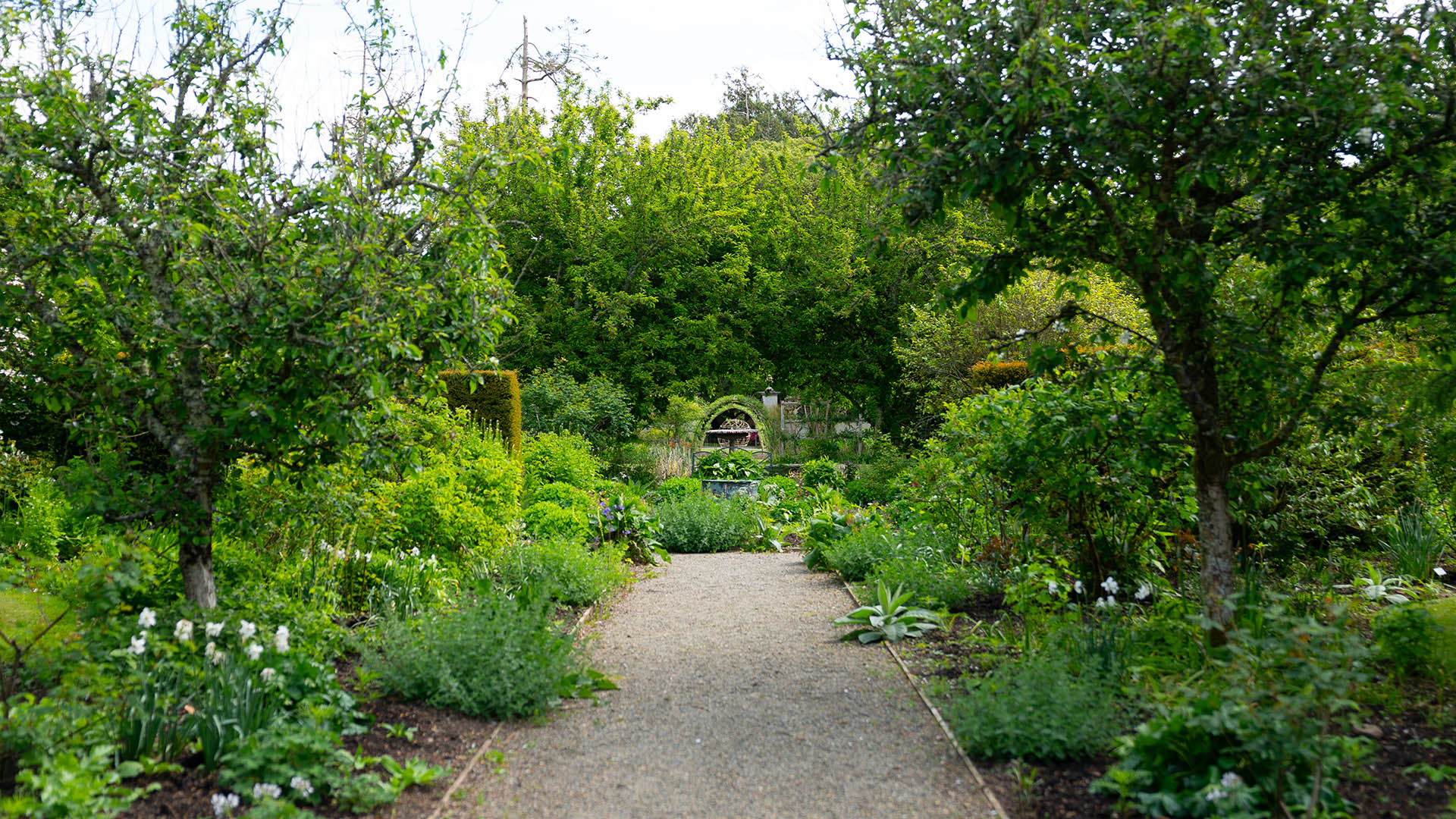
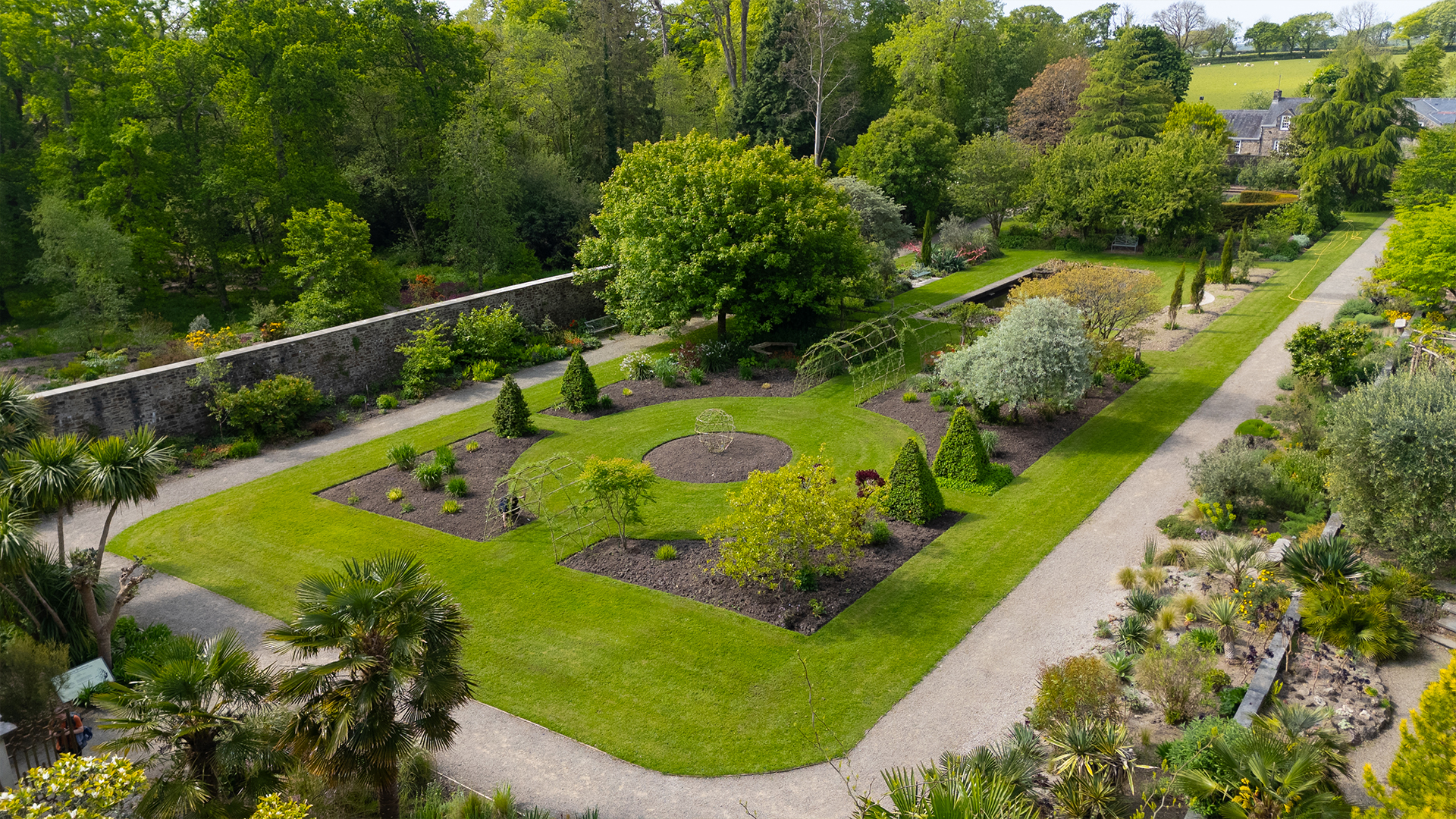
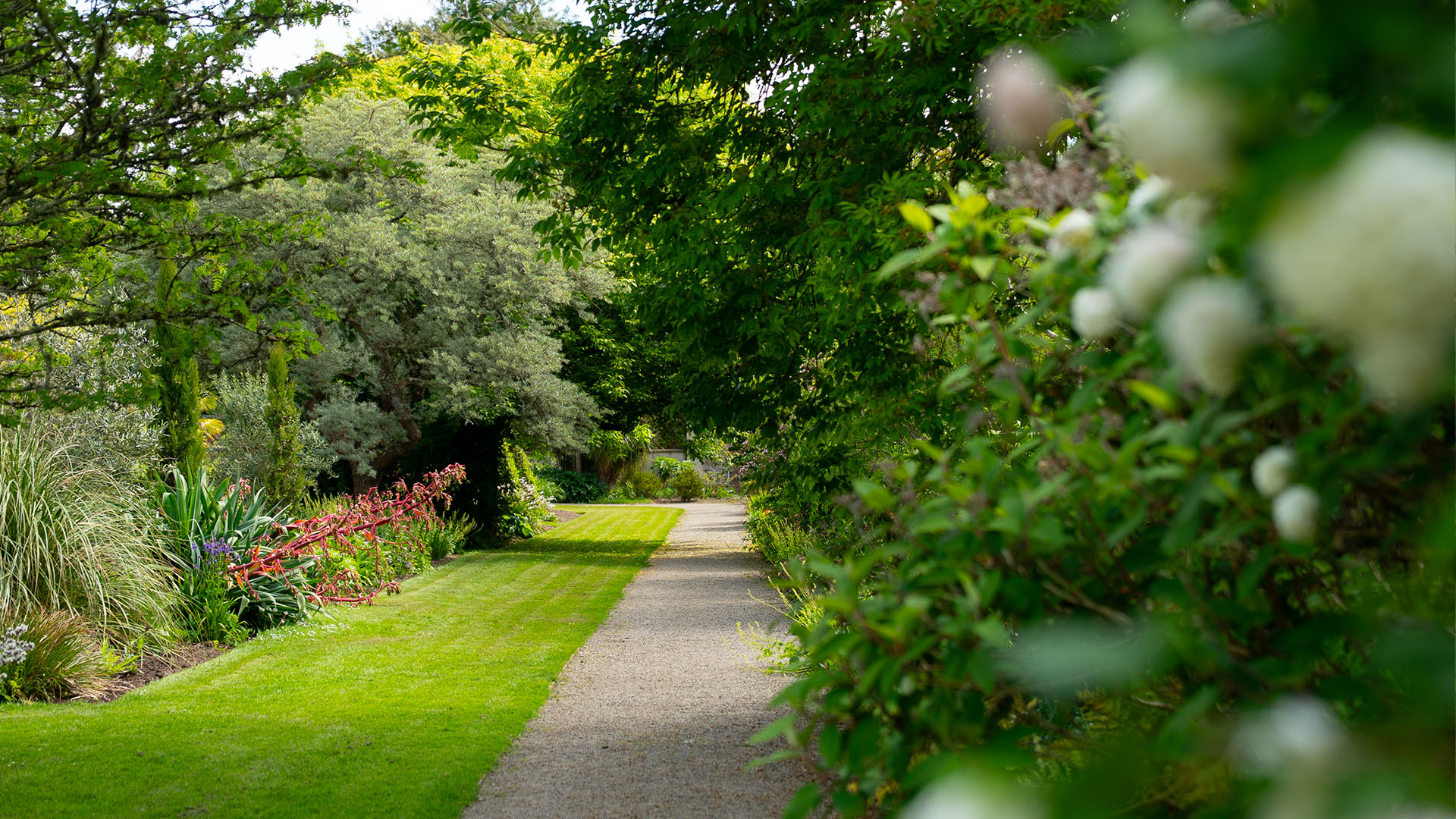
Lawnmower Collection
A world-class treasury of vintage and antique lawnmowers has a home here at Picton Castle & Gardens, thanks to The Lumsden Trust who have loaned the collection to us.
Dating from the early part of the 19th Century through to more recent times, the 85 exhibits were originally collected and preserved by enthusiast David Lumsden. Each would be painstakingly restored and preserved for future generations.
Including machines manufactured by long-established names such as Ransomes, Sims, Jefferies, Greens, Atcos, and Shanks, there are also fine examples of larger models designed to be pulled by small ponies or donkeys and still complete with their original livery. The ‘piece de resistance’ of the collection is a mighty 42 inch 1923 Greens with a four-cylinder Dorman engine weighing in at approximately two tons! It is a very rare example of an early playing fields petrol mower still in existence today.
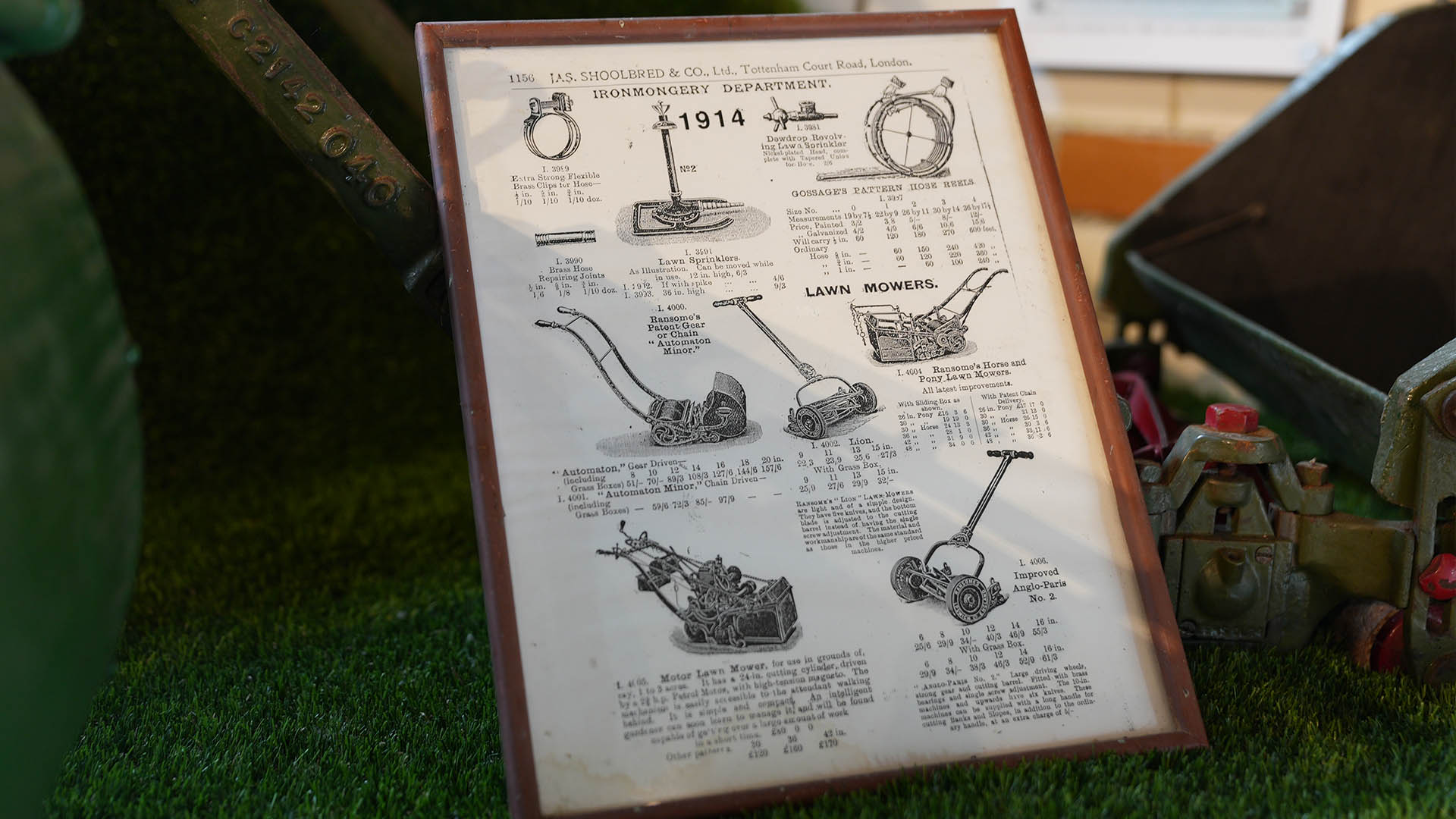
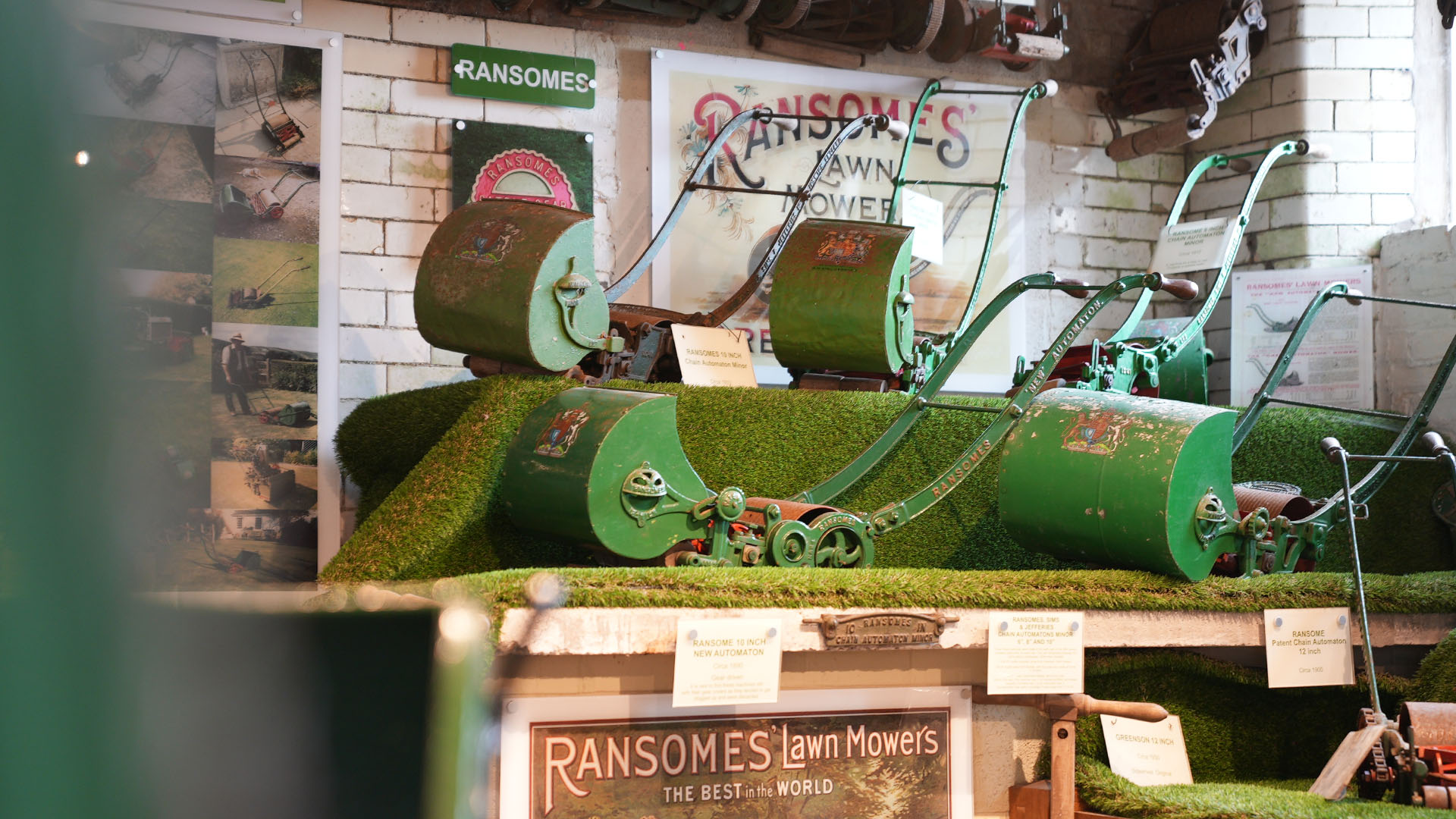
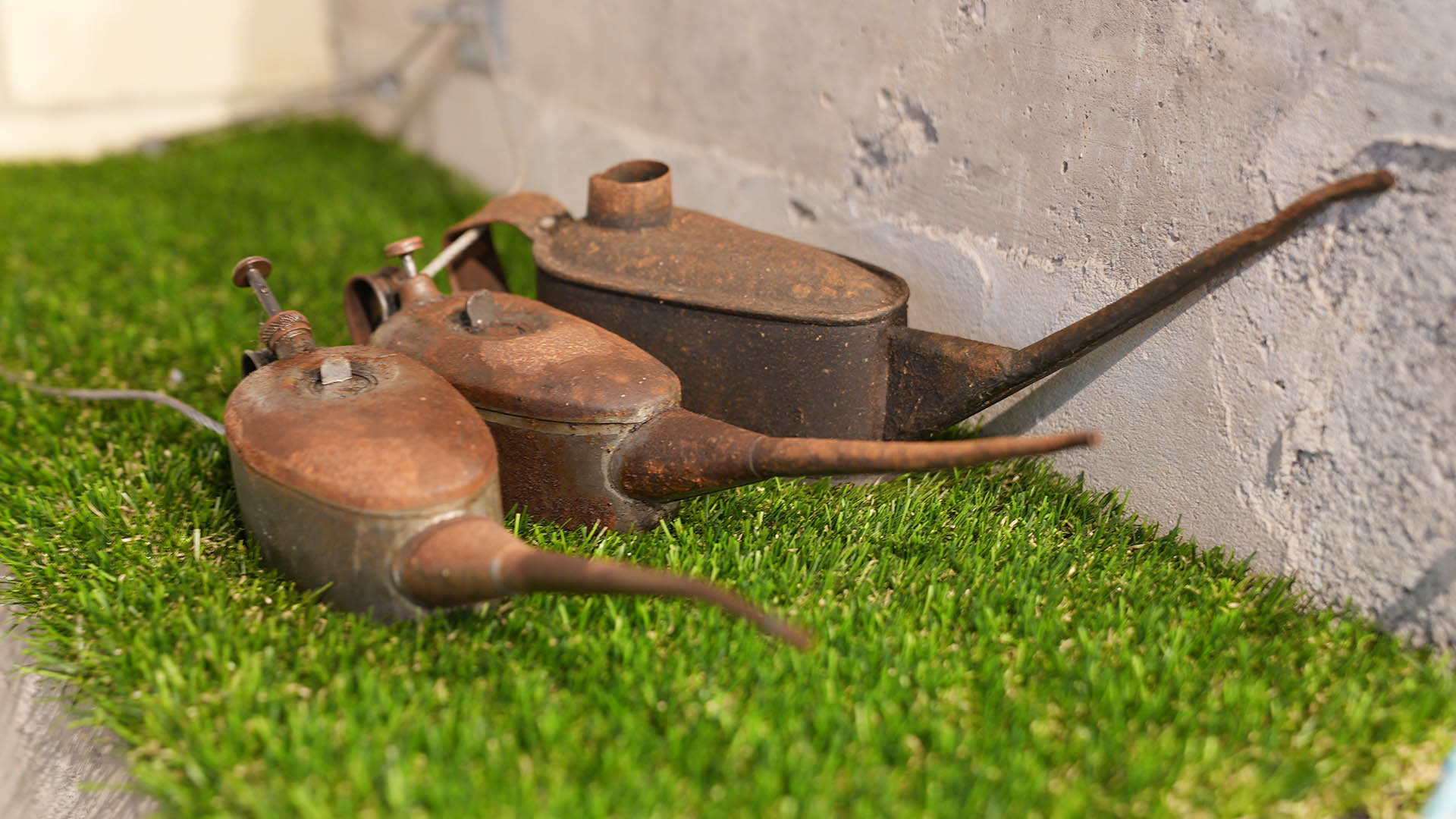
A beautiful day out in Pembrokeshire
Picton Castle’s gardens offer a unique blend of beauty, history and horticulture. Explore lush landscapes, vibrant borders and peaceful woodland walks in every season. Whether you seek inspiration or relaxation, the gardens await. Visit today and let nature surprise you.
